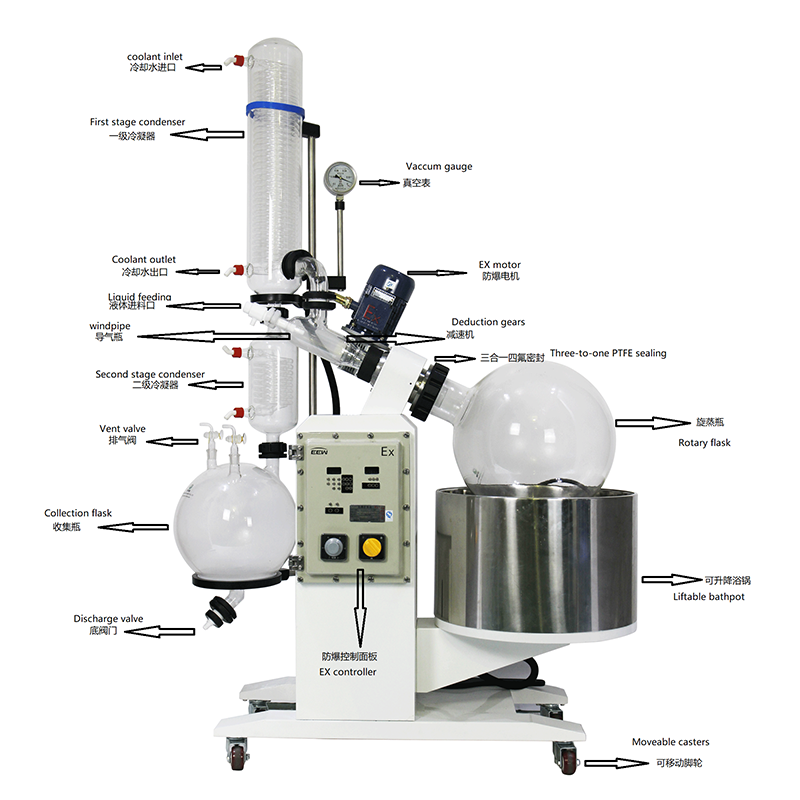Rotary evaporators are laboratory instruments that are widely used for solvent evaporation, extraction, and purification. They work by rotating a sample flask under reduced pressure and heating it to make the solvent boil and evaporate. The vapor is then condensed and collected in a separate flask.
Rotary evaporators have undergone significant improvements in recent years, thanks to the development of new design features that enhance their performance and efficiency. Some of the advancements include:
• Digital displays: Modern rotary evaporators come with digital displays that provide real-time monitoring of important parameters such as temperature, speed, and vacuum levels. This helps to ensure precision and accuracy during the evaporation process.
• Automated controls: Many rotary evaporators now have automated controls for temperature and pressure, which can be programmed and adjusted remotely. This eliminates the need for constant manual intervention and also helps to reduce the risk of operator error.
• Improved condenser designs: Newer rotary evaporator models now have more effective and efficient condenser designs, resulting in separations that are quicker and better in purity.
• Eco-friendly features: Some modern rotary evaporators are designed to be environmentally friendly by using energy-saving technologies and materials that reduce chemical waste and emissions.
Overall, these advancements make rotary evaporators more user-friendly, efficient, and reliable for a wide range of laboratory applications. Rotary evaporators are essential tools for many fields of research and industry, such as chemistry, biotechnology, biology, and pharmaceuticals.
Post time: Jun-19-2023


